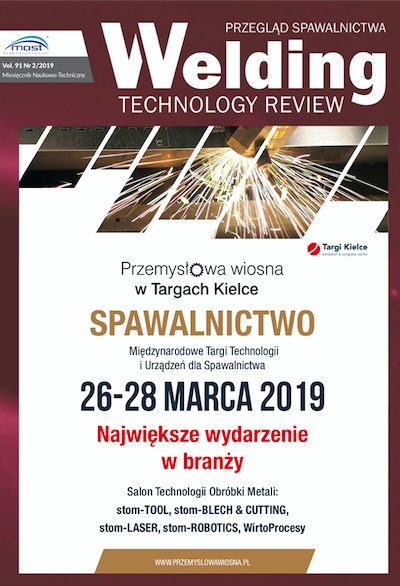Application of the Minor Destructive Test (MDT) method for determination of AAC masonry compressive strength
Main Article Content
Abstract
Non-destructive methods (NDT) in masonry made of autoclaved aerated concrete (AAC) are not used as commonly as in concrete or reinforced concrete constructions. The porous structure and sensitivity to atmospheric factors, especially humidity, makes it necessary to determine the compressive strength of the wall in existing and used objects. The article presents a proposal of a semi-non-destructive method for determining the compressive strength of AAC, and then a wall made with thin-layer joints. An empirical curve developed for cellularconcrete with nominal density classes 400, 500, 600 and 700 in an air-dry condition was used for calibration.In addition, an empirical relationship was developed to take into account the impact of ABK moisture.
Downloads
Article Details
Creative Commons CC BY 4.0 https://creativecommons.org/licenses/by/4.0/
Welding Technology Review (WTR) articles are published open access under a CC BY licence (Creative Commons Attribution 4.0 International licence). The CC BY licence is the most open licence available and considered the industry 'gold standard' for open access; it is also preferred by many funders. This licence allows readers to copy and redistribute the material in any medium or format, and to alter, transform, or build upon the material, including for commercial use, providing the original author is credited.
References
B. A. Suprenant, M. P. Schuller, Nondestructive Evaluation & Testing of Masonry Structures, Hanley Wood Inc, ISBN 978-0924659577.
R. Orłowicz, P. Tkacz, P. Bilko: Metody badań wytrzymałości muru w budynkach istniejących. XXVI Ogólnopolskie Warsztaty Pracy Projektanta Konstrukcji. Bielsko-BiałaSzczyrk, 9-12.03.(2011), tom II, 163-182.
P. Matysek, Metody określania wytrzymałości murów w konstrukcjach istniejących, XXX Jubileuszowe Ogólnopolskie Warsztaty Pracy Projektanta Konstrukcji. Bielsko-BiałaSzczyrk, 25-28.03.(2015), tom II, 435-462.
PN-EN 771-4:2011 Wymagania dotyczące elementów murowych. Część 4. Elementy murowe z autoklawizowanego betonu komórkowego.
A.M. Neville: Włściwości betonu. 5th edition, Pearson Education Limited (2011), Essex, England.
Ł. Drobiec, R. Jasiński, A. Piekarczyk, Konstrukcje Murowe według Eurokodu 6 i norm związanych. Tom 1, Wydawnictwo Naukowe PWN (2013), Warszawa.
K. Łaskawiec, L. Misiewicz, Deklarowane i uzyskiwane z badań właściwości użytkowe elementów murowych z ABK produkowanych w Polsce,Materiały Budowlane (2014), 11, 46-47.
G. Zapotoczna-Sytek, S. Balkovic, Autklawizowany beton komórkowy. Technologia. Właściwości. Wykonawstwo, Wydawnictwo Naukowe PWN (2013), Warszawa.
W. Mazur, Ł. Drobiec, R. Jasiński, Effects of specimen dimensions and shape on compressive strength of specific autoclaved aerated concrete. ICAAC 6th International Conference on Autoclaved Aerated Concrete,Postdam 4-6 september (2018), 541-556, DOI.ORG/10.1002/ cepa.837.
R. Jasiński, Ł. Drobiec, W. Mazur, Validation of selected non-destructive methods for determining the compressive strength of masonry units made of autoclaved aerated concrete, Materials (2019), vol. 12 (3), art. no. 389, 1-21.
R. Jasiński, Wyznaczanie wytrzymałości na ściskanie muru z autoklawizowanego betonu komórkowego metodą małoniszczącą, Badania nieniszczące i diagnostyka (2018), 3, 81-85, DOI: 10.26357/BNiD.2018.029.
W. Weibull, A Statistical Theory of Strenght of Materials, Ingvetenskaps Handl (1939).
W. Weibull, A statistical distribution function of wide applicability, Journal of Applied Mechanics (1951), vol.18, 293-297.
